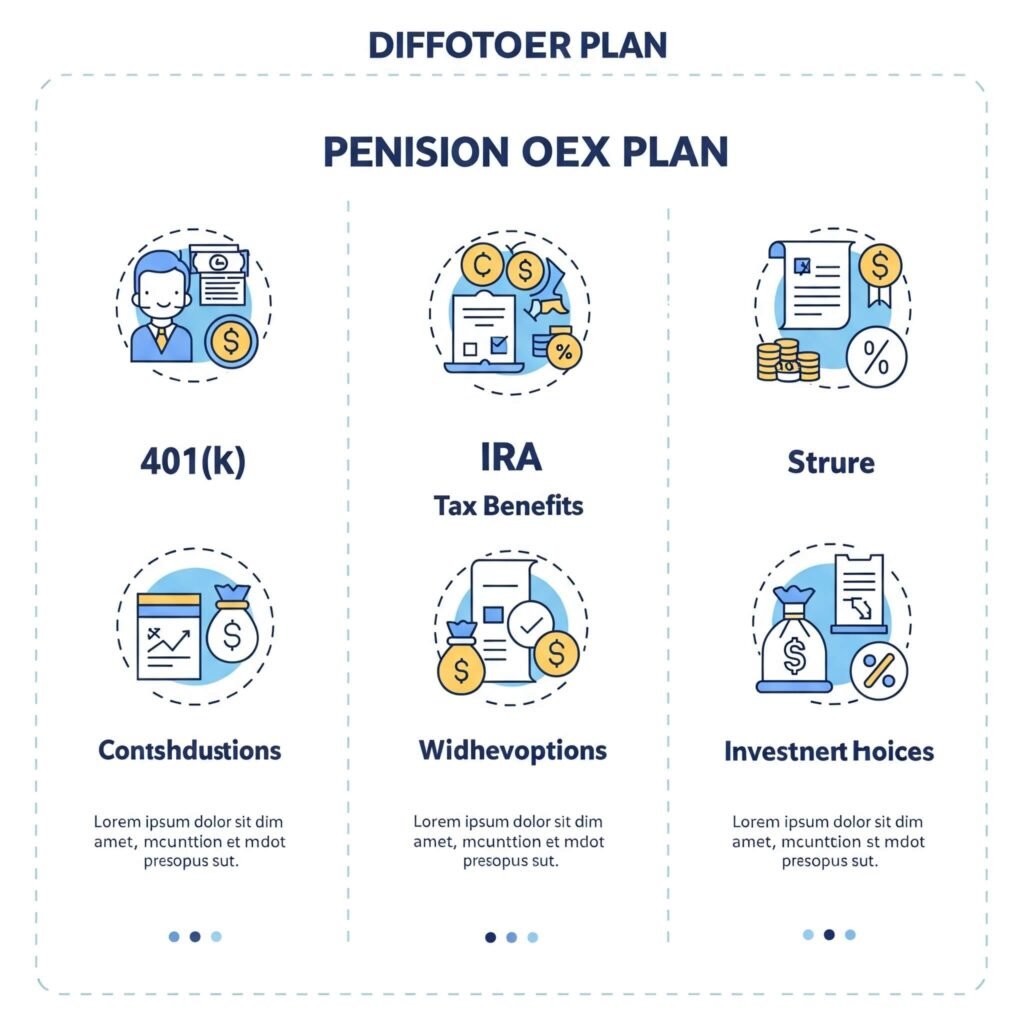Pension planning—man, it’s like making a promise to future you while you’re still figuring out how to pay rent. I’m in my Boston apartment, the radiator clanking like it’s got a personal vendetta, surrounded by empty seltzer cans and a laptop screen flashing my pitiful 401(k) balance. I’m no money guru, alright? I’m just a dude who once thought “retirement” was for old rich folks, not me, who literally spilled salsa on my W-2 form last week and had to Google if it was still valid. But pension planning’s got this weird pull, like I’m betting on wrinkly me, and I’m gonna break it down—screw-ups, late-night freakouts, and all—because I’ve learned some stuff, mostly by being a total mess.
Why Pension Planning’s Kinda My Obsession Now
Pension planning’s about stashing cash for when you’re too old to deal with Zoom meetings or whatever we’re using in 2050. It’s like burying a treasure chest for your 70-year-old self (NerdWallet’s retirement guide). I got into this in 2023, crashing in a Philly apartment where the walls smelled like regret and cheap takeout. I was scrolling X, dodging my dishes, when some finance bro posted about “future financial security.” I was like, “Bruh, I can’t even secure my groceries,” but I dug in anyway. Turns out, pension planning’s for anyone who doesn’t wanna live off ramen in their 80s.
Here’s why pension planning slaps, in my sloppy words:
- Future You Glow-Up: It’s like sending cash to old you. My 401(k) contributions feel like high-fives to my future self.
- Tax Hacks: Plans like 401(k)s cut your taxes now. I learned this from Investopedia after forgetting to file my taxes on time. Oops.
- Snowball Effect: Start early, and your money grows like mold in my old fridge. I wish I’d known this before blowing $200 on a “vintage” jacket.
I fumbled hard early on. Skipped a 401(k) contribution to buy some dumb crypto coin—wait, wrong story, but you get it. My coworker Liz, who’s annoyingly good at this, was like, “Yo, you’re screwing future you.” She was right, and I’m still salty about it.

My Embarrassing Start with Pension Planning
Let’s be real—I only started pension planning because I was freaking out about money. Back in Philly, I was scraping by, dodging late fees and living in a studio where the heater sounded like a dying cat. Got an HR email about my company’s 401(k) match, and I was like, “Free money? Bet.” Threw in $40 a paycheck, no clue what I was doing, and forgot about it. Checked my balance months later, saw it grew like $15, and felt like I’d won the lottery, even though I still owed $300 on my phone bill.
That tiny win got me hooked. I started binging Forbes and X threads like a dork, trying to figure out how to not suck. Turns out, pension planning’s about showing up, not being a finance bro.
Tips from My Pension Planning Faceplants
Here’s the tea from my many L’s:
Mix It Up: Don’t put all your cash in one fund. I went heavy on tech funds once, and when they dipped, I stress-ate a whole pizza.but it’s meant to supplement, not replace, personal savings.
Don’t Skip Months: I skipped contributions to buy festival tickets, and future me is still pissed. Consistency’s key (Morningstar’s retirement tips).
Grab the Match: If your job matches 401(k) contributions, take it. I missed $400 one year because I didn’t read the HR email. Duh.

How I’m Stacking My Pension Planning Game
Fast forward, I’m in this Boston apartment, radiator still throwing tantrums, with like $4,500 in my 401(k)—not much, but it’s growing. It’s enough to make me feel like I won’t be homeless at 70. Here’s my shaky plan:
- Start Small, Yo: You don’t need to be loaded. I started with $40 a paycheck, and apps like Vanguard make it easy to track (Vanguard’s 401(k) guide).
- Set It and Forget It: Auto-contributions are life. I forgot to contribute once and missed a market dip—dumb as hell.
- Check In, Don’t Obsess: I peek at my balance every few months, not daily, because stressing makes me wanna yeet my phone.
I’m still a disaster, though. Last week, I almost switched my whole 401(k) to a single stock because I saw a hype post on X. Didn’t do it, but only because I got distracted by a burrito. Why am I like this?
The Emotional Rollercoaster of Pension Planning
Pension planning in one word? Faith. It’s boring one minute, hopeful the next, like planning for a future you can’t quite picture. Last year, my 401(k) dropped $250 in a market blip, and I panic-bought a pint of Ben & Jerry’s. But when I saw it climb back up, I felt like a genius, even if I’m still dodging my landlord’s texts. Every time my balance ticks up $20, I get this goofy spark, like I’m actually adulting right.
It’s not all chill. I check my account too much, second-guess my funds, and once forgot my 401(k) password for two weeks. I’m a hot mess, y’all, and pension planning keeps me humble.

Wrapping Up My Pension Planning Rant
So, yeah, pension planning’s my attempt at not being a broke old dude someday. It’s not glamorous, and I’m def not retiring to a penthouse, but it’s giving me a sliver of hope. I’m just a guy in a loud apartment, dodging seltzer cans and trying to secure my future. If I can figure this out while spilling salsa on my tax forms, you can too. Start small, do your homework, and don’t skip contributions for dumb stuff like I did.s.
Outbound links:
U.S. Social Security Administration – Referenced in the “Why Retirement Planning Matters” section to support data on the average monthly Social Security benefit in 2025.
Fidelity Investments – Cited in the “Common Retirement Planning Mistakes” section to provide data on estimated healthcare costs in retirement.
NerdWallet’s retirement planning guide – Linked in the “Take Action Today” section as a resource for further retirement planning information.
IRS website – Included in the “Take Action Today” section for information on tax-advantaged savings options.



